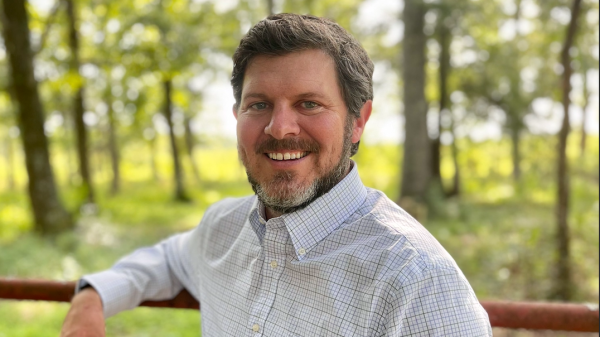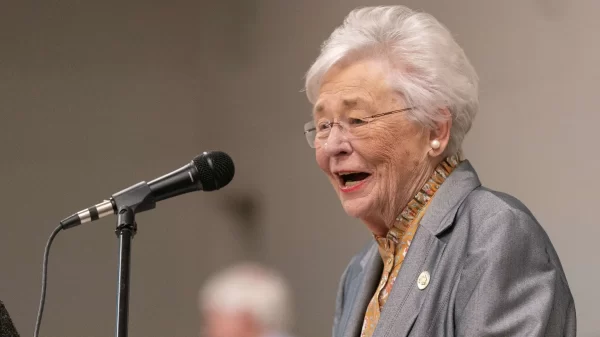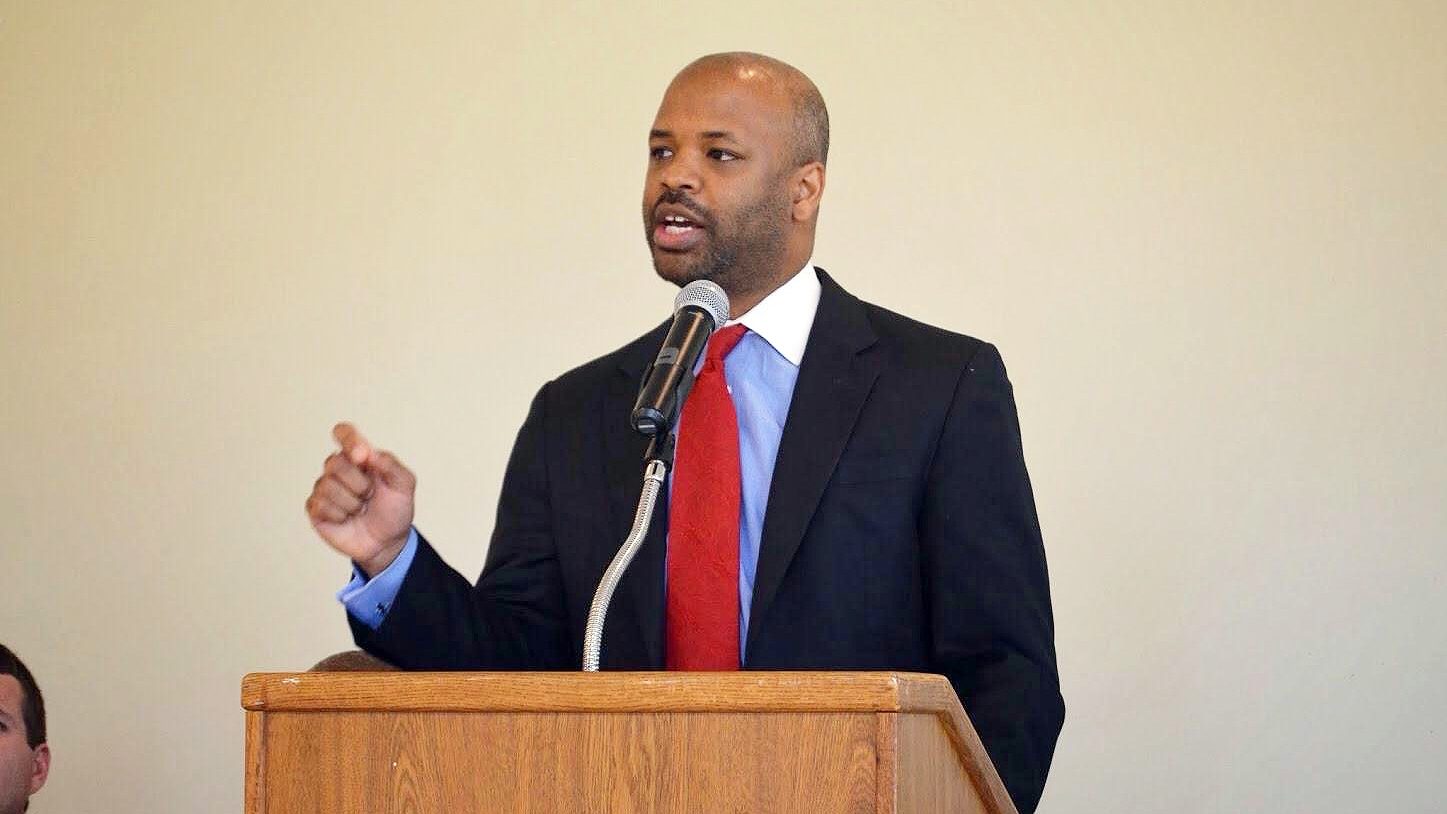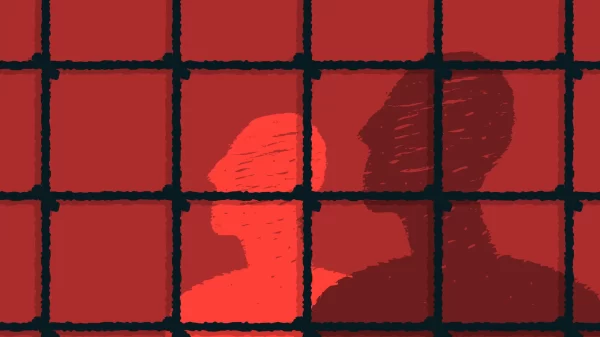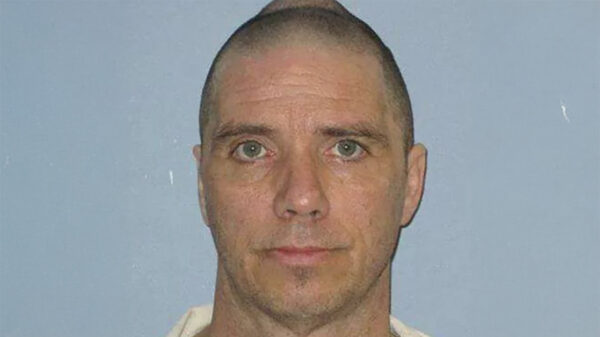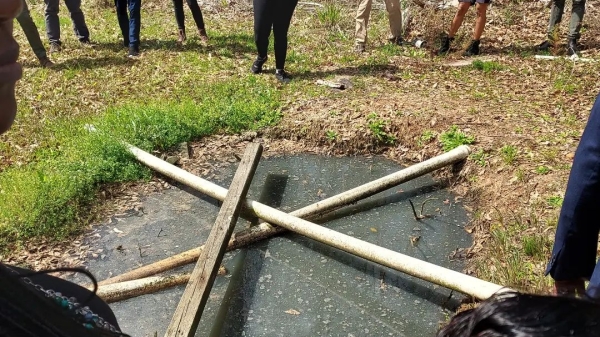For years, Governor Ivey has touted the need for “an Alabama solution” to our “Alabama problem” that has escalated into what is now a full-blown prison crisis. With the federal government on our heels and suing Alabama for having an entire men’s prison system deemed unconstitutional, you would think that now would be the time for legislators to demonstrate a serious level of commitment to addressing the problems plaguing our prison system. Instead, we legislators are spending the week in Montgomery for a special session on prisons designed to do just the opposite. Today, our time in Montgomery will be spent largely debating whether to do exactly what the Supreme Court criticized California for back in the early 2000s when they too were being sued by the U.S. Department of Justice (DOJ) for having an unconstitutional men’s prison system.
In the early 2000s, California had a prison crisis that was analogous to what we’re seeing in Alabama. There were serious deficiencies in mental health and medical care exacerbated by overcrowding, understaffing, violence, dysfunction, unsanitary conditions, to name a few. It’s uncanny how many parallels exist between the current responses of Alabama’s leaders and those of California’s leaders prior to the Supreme Court’s ruling in Brown v. Plata, which mandated the release of 30,000 inmates. Spoiler alert: California, too, once passed legislation in the middle of a DOJ lawsuit to initiate a massive prison and jail construction project in response to their prison crisis. Despite that, the Supreme Court still concluded that there was “no realistic possibility that California would be able to build itself out of [its] crisis.”
Similar to what is expected should Alabama’s construction bill pass this week, California’s “‘expansion’ plans called for cramming more prisoners into existing prisons” without actually solving the problem of overcrowding, understaffing, or inadequate delivery of mental health and medical care. How could “expansion” have been considered “cramming” though? Easily. In California, just like in Alabama, the “expansion” plan did not actually involve addressing the overcrowding problem at hand. California attempted to add a few more beds to already packed facilities while Alabama plans on simply replacing beds already occupied by people incarcerated. While slightly different scenarios, the outcome remains the same: neither California nor Alabama developed a plan to actually address the root problem of overcrowding. To put this in context, imagine a faucet gushing water that you’re desperately trying to contain in an old bucket. Rather than just reaching over and turning down the faucet — rather than addressing what causes so much water to overfill the bucket — Alabama lawmakers want to spend more than a billion dollars to buy a shinier bucket.
But you know what, Alabama is not California. Perhaps our construction plan does adequately address these things. Let’s check. Overcrowding? Nope, that won’t be addressed – this construction plan is simply a bed replacement plan. Meaning that the 8,000 new beds that we gain by building the two new prisons in Phase I will ultimately be lost when we close down the five existing prisons in Phase II. Well then, what about understaffing? For the last few years, the Alabama Department of Corrections (ADOC) has struggled to maintain even a third of the required staffing needed for prisons. When asked how they will address the overstaffing problem with this new construction, ADOC officials have simply claimed that such a question is “premature.” Interestingly enough, with California, the Supreme Court didn’t think that the need for the State to have an actual plan for addressing their “chronically understaffed” prisons was too premature of a question to ask before the state completed its prison expansion plan. In fact, the Court concluded that the conditions and culture of California’s prisons made working for the prison system unattractive to potential employees; thus, even if California had completed their prison expansion plan, the Court remained unconvinced that they would have been able to recruit the needed amount of new staff. While it is arguable that Alabama’s construction plan will in fact address the unsanitary conditions that currently exist within its prison system, what about the corruption and violence that officers inflict on prisoners. What about the influx of drugs introduced into the system by officers and ADOC staff, the misclassification of deaths, and other dysfunction that we have witnessed under ADOC Commissioner Jeff Dunn’s tenure?
Moving away from Alabama’s general failures at ADOC, let’s look at the inadequate medical and mental health treatment to men that are incarcerated. Alabama has been in litigation for years about this problem. In fact, a federal judge overseeing the Braggs case has already placed the ADOC under federal monitoring because of its unconstitutional medical and mental health services. While Alabama’s prison construction bill purports to be the solution to this problem by supposedly adding “space for enhanced medical, mental health, and other health care,” to the Elmore County facility slated to be built, the bill being discussed at the State House does not make clear how the State will be able to fund such services once this new “space” is built. The construction bill addresses solely that, constructing buildings at the price tag of $1.2 billion, but is silent with regard to how much health care and other programming will cost and where the money to pay for it will come from. Remember now, the State is taking every penny left over in the General Fund and all of Alabama’s COVID-19 relief lost revenue funds to construct these facilities; where will the funding for everything else come from? Why aren’t more legislators asking this? Well, I guess we’re lucky that the Court will likely ask this once the DOJ lawsuit continues. And worst-case scenario, the Court may hit us with a finding similar to that from California:
“[W]e have no reason to believe that [California’s] proposed expansion of prison facilities would reduce crowding significantly or lead to any improvements in the delivery of medical and mental health care to California inmates…. [W]e are convinced that… medical facilities construction, nor any other construction efforts offers a meaningful and timely remedy for the constitutional deficiencies in the delivery of prison medical and mental health care caused by crowding.”
From what I’m seeing at the State House, the same certainly can be said about our current prison construction plan. But let’s give the state of Alabama the benefit of the doubt. Let’s imagine that the prison construction plan on the table does in fact achieve its stated goals; even in that instance, what happens between now and the completion of the new prisons in June 2025? What is the plan until then? The people sitting in Alabama’s prisons currently are entitled to having their constitutional rights met right now. Even assuming that new prisons really will be an adequate solution to this problem someday, what is the plan for dealing with the current humanitarian crisis taking place in our prisons and that will continue in our prisons over the next four years? The answer to every question about ADOC’s current mismanagement, overcrowding, corruption, the use of excessive force by prison officials, the influx of drugs introduced by prison officials, and all our other prison problems can not be that we are simply building new prisons.
So what’s the point of all this? Here we are in Alabama, about to follow a formula from the early 2000s that we already know won’t satisfy the DOJ or the courts in our pending lawsuit. And why exactly won’t this work? Well the courts have already told us in Plata remedial efforts that do not cure the specific constitutional violations at hand are inadequate. Even Justice Alito in his dissent to the Court’s opinion in Plata argued that “a large-scale construction program” was not needed to address the problems within California’s prison system. Instead, similar to what advocates throughout the state have touted for months, Justice Alito believed that “[s]anitary procedures could be improved; sufficient supplies of medicine and medical equipment could be purchased; an adequate system of records management could be implemented; and the number of medical and other staff positions could be increased” as a way to remedy California’s unconstitutional prison system. While I don’t agree that solving Alabama’s prison crisis is that simplistic, I do question the wisdom of spending $1.2 billion dollars ($400 million of which is supposed to be the help the State recover from the devastation of COVID-19) to simply construct two new prisons that ultimately will do nothing to address the overcrowding, corruption, officer-on-inmate violence, and other issues plaguing our prison system. As I’ve said before, this is simply an expensive plan to put old problems into new shiny buildings.



